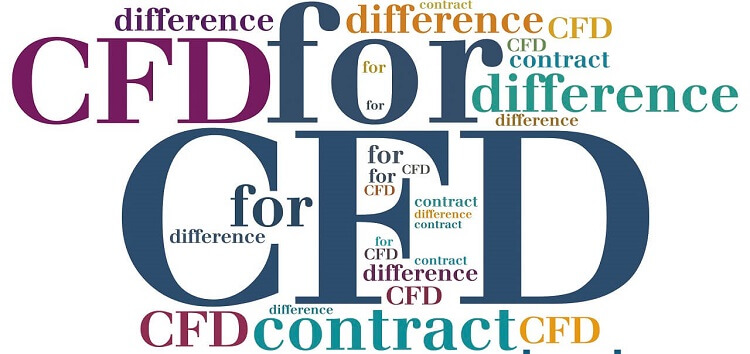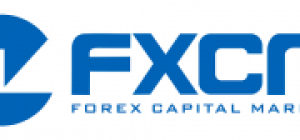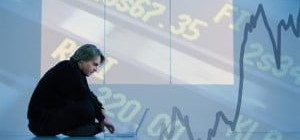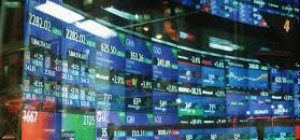 The competition among brokerage houses is so stiff; they started to offer various other products on top of the classic currency pairs. As such, the Forex dashboard became populated with more and more products.
The competition among brokerage houses is so stiff; they started to offer various other products on top of the classic currency pairs. As such, the Forex dashboard became populated with more and more products.
Australian brokers have the same issue. They compete in a market where clients switch brokers quickly, and they need to differentiate their offering.
Contracts for Difference (CFD)
A CFD or a Contract for Difference represents an alternative to the currency market. In fact, trading CFD is similar with trading a currency pair. One only needs to define the direction of the product, and then simply go long or short.
On the Forex market, one buys or sells a currency pair. But, a CFD gives access to plenty of other markets.
The financial market as an entity is enormous, and currencies represent just a small part of it. While the Forex market is the most significant market in the world, it is not the only market in the world.
Bonds, options, indexes, stocks, commodities, and so on they all represent alternatives to trading. For Forex brokers, expanding in these markets was both a challenge and an opportunity.
A CFD allows them to offer all these products to their clients. When trading a CFD, the trader goes for the difference between the entry and the exit price.
The idea is, of course, to sell high and buy low. When selling or purchasing a CFD, it is all about the difference: a positive one represents a profit, while a negative one represents a loss. So, just like in Forex trading, when trading a CFD the focus is to make a profit from the distance the price travels.
Forex brokers use CFD’s for all types of products. If you trade a stock index in the United States, like the DJIA (Dow Jones Industrial Average), the NASDAQ or S&P500, but you use a Forex trading platform, you trade a CFD, without even knowing.
Or, when you use a Forex trading platform for buying or selling gold, silver, oil, or any other commodity, you trade a CFD. The same stands true for any other financial product except a currency pair.
Collateral for CFD’s
In a trading account, three elements show the state of it: The Balance, the Equity, and the Free Margin.
While the Equity gives an idea about the actual state of a trading account, the Free Margin shows how much free margin still exists. It will be used both in the opened trades, as well as when opening new ones.
Because Forex trading is a leveraged activity, the broker will “block” a margin for every trade. If you want, this is a kind of collateral for the trade.
The margin grows in direct proportion to the traded volume. For example, the broker will block a more significant amount as collateral on a ten lots trade or a one lot trade.
This collateral or margin is the reason why traders receive a margin call in the first place. When a trade is stopped or reaches the take profit, or closed for whatever the reason, the trader will see the margin level increasing. If not, and it receives a margin call, the broker will ask for more funds to be added, or it will close the positions.
For CFD’s, the collateral or the margin needed is typically more significant than for currencies. That’s a disadvantage of trading CFD’s.
On the other hand, considering the possibilities and opportunities it offers, the CFD market can’t be ignored by brokers, as well as traders.
Conclusion
As a Forex trader, one must consider the entire financial market. Because the market acts like a massive network of interconnected products, moves on one side of it will affect the other.
For example, when the stock market rises, typically the JPY pairs will increase as well. Or, when a central bank hikes the rates for a currency, usually the stock market falls, and so on.
Only looking at the overall financial markets, traders will survive in the long run. As such, having CFD’s available to trade is essential.







